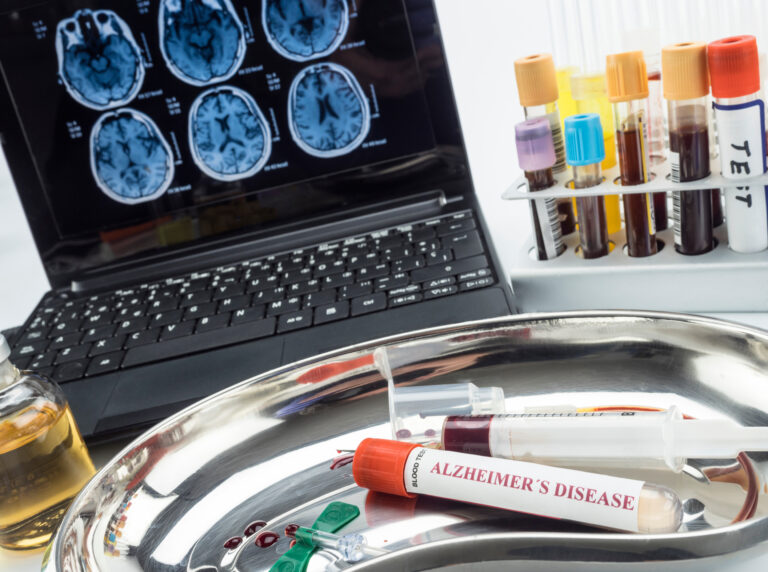Aging is something everyone experiences, but the truth about it is often messier and more complicated than the usual stories about wrinkles and gray hair. Beneath the surface, aging involves a series of biological changes that quietly chip away at how our bodies function.
At its core, aging means our cells and tissues slowly lose their ability to work as well as they used to. One major player in this process is something called cellular senescence. This happens when cells get damaged or stressed—maybe from DNA wear and tear or other factors—and then stop dividing forever. While this might sound like a good way to prevent damaged cells from turning cancerous, these senescent cells don’t just sit quietly; they release substances that cause inflammation and disrupt nearby tissues. Over time, this buildup contributes to tissue breakdown and diseases common in old age.
Another hidden culprit is epigenetic change—a fancy term for chemical tweaks on our DNA that don’t alter the genetic code itself but affect how genes turn on or off. These changes accumulate with age and can push cells toward malfunctioning states or even death.
Then there’s mitochondria—the tiny power plants inside every cell responsible for producing energy. As we grow older, mitochondria become less efficient and start leaking harmful molecules called free radicals. These free radicals damage cellular components further, creating a vicious cycle of decline.
All these factors combine into what scientists call biological aging: not just counting years but measuring how well your body actually works compared to your chronological age. It turns out you could be 50 years old by birthdate but have a biological age much higher—or lower—depending on lifestyle choices like diet, exercise, stress levels, and environmental exposures.
The dirty truth? Aging isn’t just about looking older; it’s about an ongoing battle inside your body where damage accumulates silently until it shows up as chronic illnesses such as heart disease, diabetes, cancer, or cognitive decline.
What makes aging even trickier is that some parts seem programmed into our genes—like an internal clock ticking down—but external factors speed up or slow down this clock dramatically. Stress alone can accelerate many of these damaging processes by increasing inflammation throughout the body.
Scientists are now developing tests that measure biological age through blood markers or DNA modifications like methylation patterns—giving people insight into their real “wear-and-tear” level beyond what mirrors show us each morning.
Understanding these hidden mechanisms reveals why no single anti-aging miracle exists yet—it’s not one problem but many intertwined ones happening simultaneously at microscopic levels inside us all day long for decades before we notice anything outwardly different.
So while society often glamorizes youthfulness with creams or quick fixes promising eternal vitality, true aging reflects complex cellular battles beneath skin layers—a relentless march influenced by genetics plus lifestyle choices we make every day whether we realize it or not.





